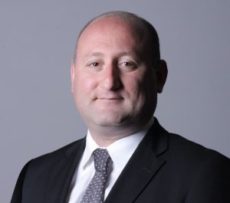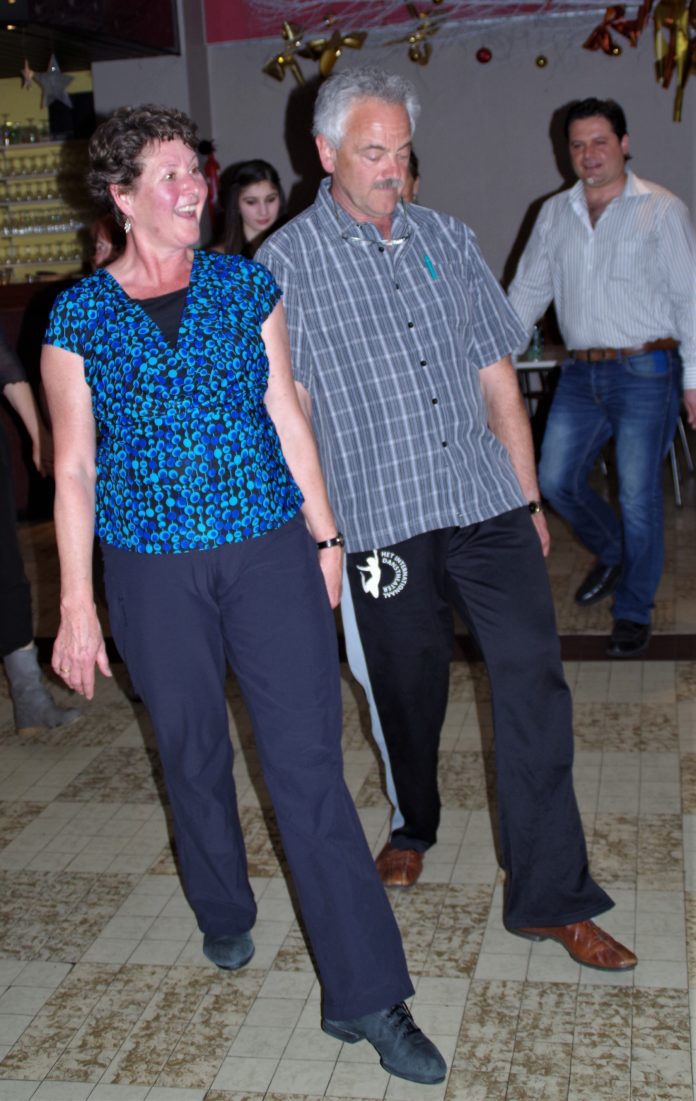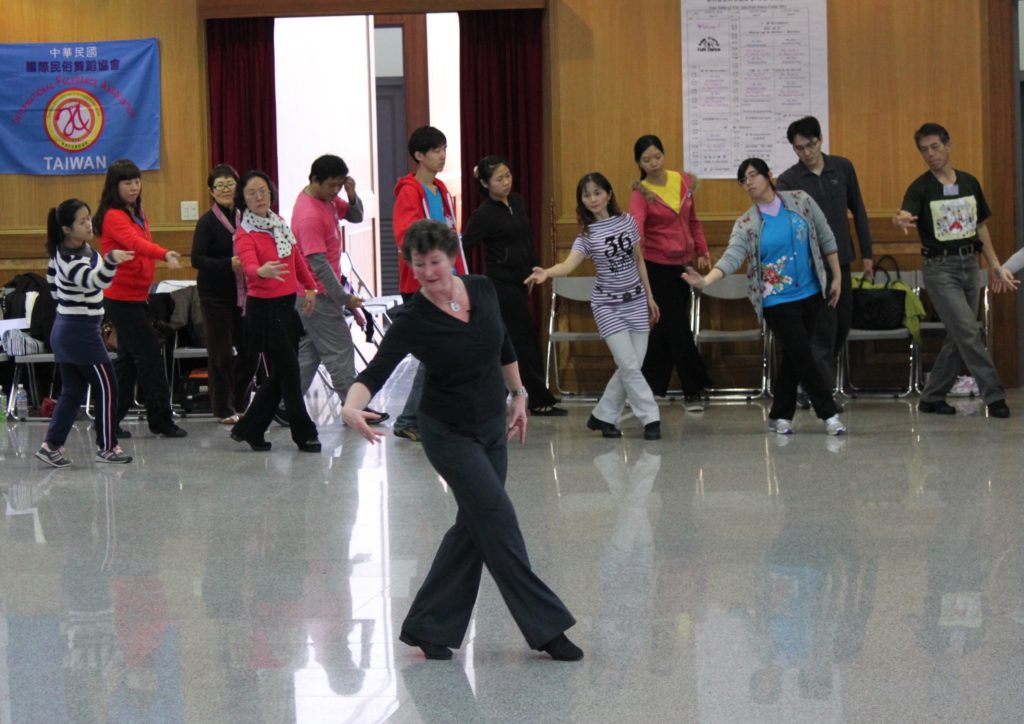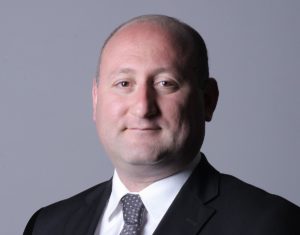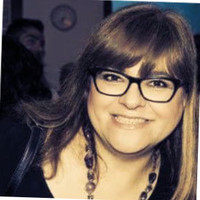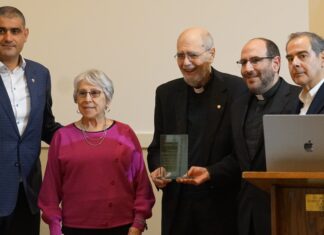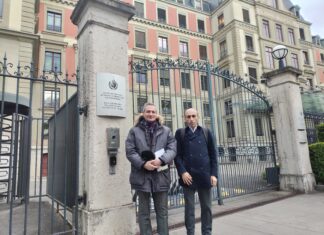By Artsvi Bakhchinyan
Special to the Mirror-Spectator
YEREVAN — Tineke van Geel is a Dutch dance teacher who specializes in Armenian traditional and folk dances and teaches them throughout the world. She has frequently taught with her husband Maurits van Geel, also a folk dance teacher, who for 24 years headed the International Dance Theater in the Netherlands, a professional dance company.
According to Tineke van Geel’s official website, she taught her first folk dance classes in 1973. It was this debut that led to her getting her official diploma in 1977. Years later she developed a particular interest in Armenian dances and decided to travel to Armenia to do research. She remains actively involved in dance research in Armenia which has made her a world-renowned specialist of Armenian dance, working with eminent choreographers Azat Gharibyan and Artusha Karapetyan. Since 1985, she has regularly visited Armenia to study folklore at the Pedagogic Institute and Choreographic School in Yerevan.
Part of each research trip is devoted to working with several amateur groups in Armenia and doing research on costumes. Two research trips were funded by scholarships of the Dutch government. A number of times Tineke van Geel visited the United States to observe the dances performed by the Armenian communities there. In January 1986 she published a book in Dutch on Armenian history, culture, dance and costumes (it is currently out of print). In 1987 she took a special exam which enabled her to acquire a degree as graduate of the Dance Academy without formally completing the course work and other requirements.
Besides giving workshops in European countries, she has taught in the US, Canada, Australia, New Zealand and the Far East. Her classes include workshops for students of various levels, from beginners to professionals, and she has taught classes in International Folk Dance, Dutch and Armenian dances. In addition to teaching, Tineke has taught and choreographed for the professional group in Amsterdam Het Internationaal Danstheater and appeared as a guest teacher at the dance academy in Kuopio (Finland). A lot of dances that she researched in Armenia had never been recorded. Therefore, groups from Armenia were invited to the Netherlands which led to the production of CDs with Armenian music on the Van Geel Records label. Recently these programs have also become available on DVD.
